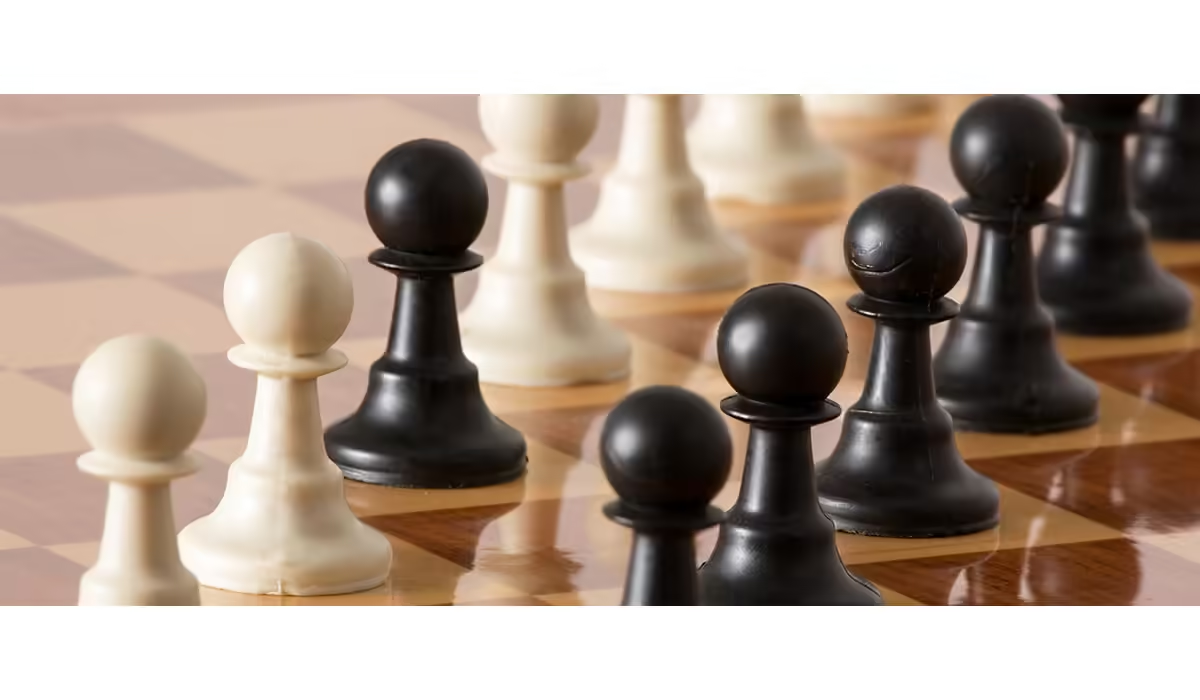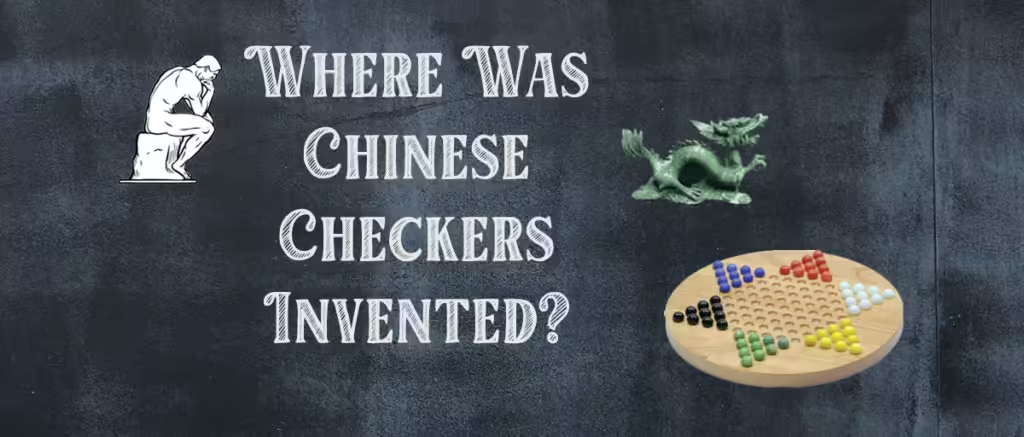Chess and checkers are two popular board games that have been enjoyed by people for centuries. Both games have a rich history and have evolved over time to become the strategic and entertaining games we know today. In this article, we will delve into the developments and origins of chess and checkers, and explore the question of which game came first.
Table of Contents
Chess: A Game of Strategy and Skill
Chess is a game that is played on a square board divided into 64 squares of alternating colors. The game is believed to have originated in northern India during the Gupta Empire, around the 6th century AD. It was known as chaturanga, which translates to four divisions of the military in Sanskrit. The pieces in chaturanga represented different elements of an army, including the infantry, cavalry, elephants, and chariots.
Over time, chaturanga spread to Persia, where it underwent significant changes and became known as shatranj. Shatranj gained popularity in the Islamic world and eventually reached Europe through the Arab traders. The rules of shatranj were further refined in Europe, leading to the birth of modern chess as we know it today.
Evolution of Chess Pieces
The chess pieces we are familiar with today have evolved over centuries, gradually transforming to their current forms. In the earliest versions of chess, the pieces had different names and movements. For example:
- The chariot, which later became the rook, was initially limited to moving only two squares in any direction. However, as the game evolved, the rook gained the ability to move horizontally or vertically across the board, making it a powerful piece in the endgame.
- The horse, which evolved into the knight, had a unique L-shaped movement even in its early forms. This movement allows the knight to jump over other pieces, making it a versatile and strategic piece on the board.
- The elephant, representing the bishop in modern chess, moved only two squares diagonally in its earliest form. The diagonal movement was later expanded to the current unlimited diagonal movement, giving the bishop a strong presence on the board.
- The infantry, which became the pawn, had limited movement in the early versions of chess. However, as the game progressed, the pawn gained the ability to move forward one square and capture diagonally. Additionally, the pawn has the unique ability to promote to more powerful pieces if it reaches the opponent’s back rank.
The queen, which is the most powerful piece in modern chess, was not originally present in the game. It was introduced in Europe during the 15th century, and its movement was gradually expanded to its current form, allowing it to move any number of squares in any direction. This change significantly enhanced the strategic possibilities in the game.
Chess: A Game of Intellectual Challenge
Chess is often considered a game that requires strategic thinking, foresight, and deep concentration. Its complexity and depth have attracted intellectuals, mathematicians, and even artificial intelligence researchers. The game has inspired countless books, tournaments, and even computer programs designed to master its intricacies.
The strategic elements of chess involve analyzing positions, planning moves ahead, and anticipating the opponent’s actions. It requires players to consider various factors, such as piece development, pawn structure, king safety, and tactical opportunities. The combination of these elements creates a mental battlefield where players must use their intellect to outmaneuver their opponents.
Chess tournaments have been held for centuries, bringing together the best players from around the world to compete and showcase their skills. Grandmasters, who have achieved the highest level of mastery in the game, are revered for their ability to understand and navigate the complexities of chess. The game continues to challenge and captivate players of all levels, offering endless opportunities for improvement and growth.
Checkers: A Game of Simplicity and Skill
While chess is known for its complexity, checkers is a simpler game that is played on the same square board. Checkers, also known as draughts, has a long history that dates back to ancient Egypt. The game was played on a board resembling the modern chessboard, with pieces representing the movement of soldiers.
Ancient Origins and Evolution
The origins of checkers can be traced back to ancient Egypt, where evidence of the game can be found in a 3,000-year-old temple. The game was played using black and white stones on a board with a grid-like pattern. It is believed that checkers not only served as a form of entertainment but also had religious significance in ancient Egyptian culture.
Checkers spread to other parts of the world, including the Roman Empire, China, and Europe, where it gained popularity and underwent various rule modifications. The game reached its modern form in the 16th century when the standard rules for checkers were established. These rules defined the movements of the pieces, such as the ability to move diagonally and capture opponent’s pieces by jumping over them.
Checkers: A Game for All Ages
One of the appealing aspects of checkers is its simplicity, which makes it accessible to players of all ages. The rules are straightforward, and the objective is to capture all of the opponent’s pieces or block them from making any legal moves. Despite its simplicity, checkers still requires strategic thinking and planning to outmaneuver the opponent.
Players must carefully consider their moves and anticipate the opponent’s responses. They need to create and maintain strong formations to protect their pieces while simultaneously finding opportunities to capture the opponent’s pieces. The ability to think ahead and make calculated moves is crucial to achieving victory in checkers.
Checkers can be enjoyed by both casual players looking for a quick game and competitive players seeking strategic challenges. The game can be played on various levels, from friendly matches at home to organized tournaments at local and international levels. Its simplicity and accessibility have contributed to its enduring popularity across different cultures and generations.
Conclusion: Which Came First?
Based on historical evidence, chess, in its earliest form as chaturanga, predates checkers. Chaturanga originated in India around the 6th century AD, while checkers traces its roots back to ancient Egypt, with evidence dating back 3,000 years.
Both chess and checkers have evolved and spread across different cultures, each offering its unique challenges and entertainment value. Chess, with its complex strategies and intellectual depth, has attracted scholars and enthusiasts throughout history. Checkers, on the other hand, has captivated players of all ages with its simplicity and skillful gameplay.
Whether you prefer the intricate maneuvers and strategic battles of chess or the straightforward tactical decisions of checkers, both games have stood the test of time and continue to captivate players worldwide. So, next time you sit down to play a game of chess or checkers, take a moment to appreciate the ancient origins and the rich history behind these beloved board games.
FAQ
1. Which game, chess or checkers, originated first?
Chess, in its earliest form as chaturanga, originated in India around the 6th century AD. Checkers traces its roots back to ancient Egypt, with evidence dating back 3,000 years.
2. How did chess pieces evolve over time?
The chess pieces have evolved over centuries. For example, the rook (originally the chariot) gained the ability to move horizontally or vertically. The knight (originally the horse) had a unique L-shaped movement. The bishop (originally the elephant) gained unlimited diagonal movement. The pawn (originally the infantry) gained the ability to move forward and capture diagonally.
3. When was the queen introduced in chess?
The queen was introduced in Europe during the 15th century. Its movement gradually expanded to its current form, allowing it to move any number of squares in any direction.
4. What are the key skills required to play chess and checkers?
Chess requires strategic thinking, foresight, and deep concentration. Players need to analyze positions, plan moves ahead, and anticipate the opponent’s actions. Checkers requires strategic thinking and planning to outmaneuver the opponent, creating and maintaining strong formations while finding opportunities to capture the opponent’s pieces.
Affiliate Disclosure
Some of the links on Draughts.biz are affiliate links. This means that we may earn a small commission if you click through and make a purchase, at no additional cost to you. Please note that our product reviews and roundups are independent, and the affiliate relationships do not influence our content in any way.
Draughts.biz is a participant in the Amazon Services LLC Associates Program, an affiliate advertising program designed to provide a means for sites to earn advertising fees by advertising and linking to Amazon.com.
Amazon and the Amazon logo are trademarks of Amazon.com, Inc. or its affiliates.
Our passion for board games extends far beyond the checkers board. We’ll be your trusted companion, on a journey through the enchanting realms of not only checkers (or draughts) but also chess, backgammon, dominoes, mahjong, and a diverse array of other captivating board games.
Whether you’re in search of the ideal chess set, the best chess books, a chinese checkers set, a checkers set, or if you’re seeking the excitement of a thrilling game of mahjong solitaire, we’ll guide you along the way. In partnership with our affiliates, we bring you an extensive selection of board games and past times to explore and enjoy.
Still not enough? Then unwind and relax with a unique jigsaw puzzle on a cleared flat surface, or jigsaw table top or perhaps you want to play digitally via an App on your smartphone. Our platform serves as a dynamic hub where curiosity converges with expertise, and entertainment merges with strategy.
Dive into our extensive collection of guides and reviews, and unlock the joy and exhilaration that board games offer. From exquisitely crafted game pieces to the essential accessories that elevate your gaming experience, we’re here to guide you through it all with ease and delight.
Join us in celebrating the timeless allure and camaraderie that these games nurture, one post at a time!




